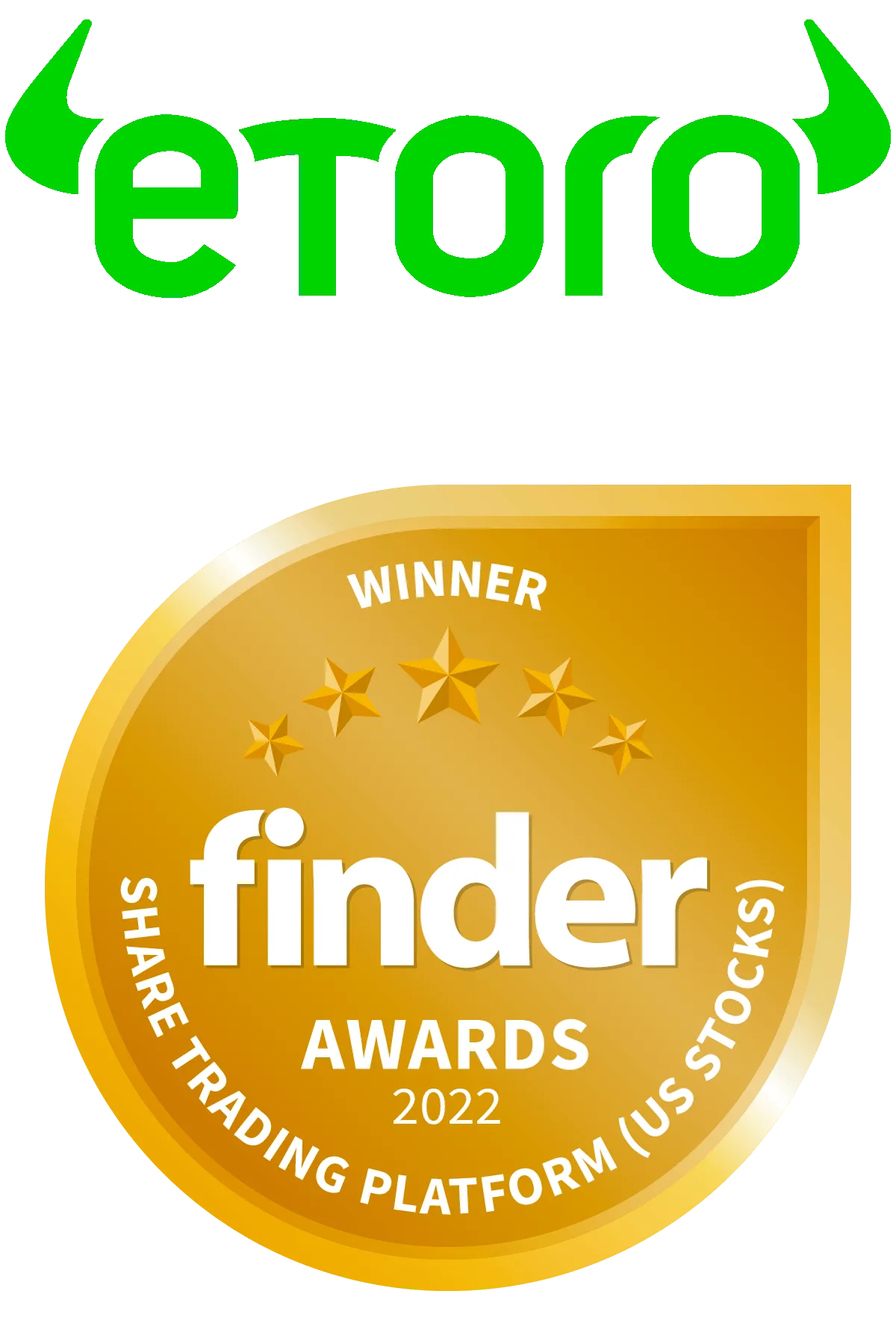Tips for starting an SMSF in your 20s, 30s, 40s and 50s

There are no age restrictions for an SMSF, but there are different considerations to take into account at each age.
 Sponsored by eToro AUS Capital Limited AFSL 491139. Invest in a diversified portfolio across stocks, ETFs and crypto. Explore eToro with a $100 virtual portfolio. eToro AUS Capital Limited AFSL 491139. eToro is a multi-asset investment platform. The value of your investments may go up or down. Your capital is at risk. See PDS & TMD.
Sponsored by eToro AUS Capital Limited AFSL 491139. Invest in a diversified portfolio across stocks, ETFs and crypto. Explore eToro with a $100 virtual portfolio. eToro AUS Capital Limited AFSL 491139. eToro is a multi-asset investment platform. The value of your investments may go up or down. Your capital is at risk. See PDS & TMD.
Sponsored by eToro AUS Capital Limited (ACN 612 791 803, AFSL 491139). Invest in a diversified portfolio across stocks, ETFs, crypto, indices, commodites & currencies. Explore eToro with a $100 virtual portfolio. eToro is a mulit-asset investment platform. The value of your investments may go up or down. Your capital is at risk. See PDS & TMD.
Setting up a self managed super fund (SMSF) can provide you with the control, flexibility and financial advantage that a regular super fund may not provide. But with that comes risk and responsibility.
Depending on the age you start your SMSF, there are key considerations to note and different strategies that you might want to put in place.
Finder spoke to Robert Francis, Managing Director Australia at stocks and crypto investment platform eToro, the sponsor of this article, to find out more. But remember, his answers contain general information only and you should always seek professional advice tailored to your own situation.
"In investing, we always say the best time to get started is now," Francis said.
However, while you can start investing in your SMSF any time, that doesn't always mean you should. If you're considering opening an SMSF, it is always best to seek independent, professional advice.
What age should I start investing in an SMSF?
Although there is no "right time" to invest, the earlier you can do so the better, according to Francis.
This does not mean everyone in their 20s should rush out to start their SMSF. It also does not mean that someone in their 50s has missed their chance.
While there is no minimum age or minimum balance requirements to set up an SMSF, you should have saved up enough money to make it worthwhile.
For example, the Australian Securities and Investments Commission (ASIC) has said SMSFs with lower than $500,000 would have lower returns due to the expenses associated with maintaining an SMSF.
If you're thinking of starting an SMSF in your 20s or even your 30s, having enough funds to make it worthwhile could be something that holds you back more than older age groups.
However, as with any investment, the earlier you start the better position you will be in by the time you retire.
"The earlier you start investing, the more you will benefit from compounding over the long term," Francis said, adding that compounded returns are vital for investors.
"It emphasises the benefits of long-term investing. Investors would need to invest a more significant amount of capital in their 50s to make up for the years of compounding they missed over 30 years," he said.
What strategy should I employ for my SMSF?
A strategy is important for anyone thinking of starting an SMSF, no matter what age you are. A strategy not only means you can reach your retirement goals, but investors must also legally prepare and implement an investment strategy for their SMSF, which must be reviewed regularly.
Francis said the strategy needs to fit in with their investment goals and retirement plans – and this may include taking your age into consideration.
"Your strategy should be tailored and specific to your circumstances," he said. "Those circumstances can include age, employment, retirement needs and risk appetite. On top of this, investors need to think about asset allocation. It's important to diversify, so investors will need to think about a portfolio of stocks, bonds, property, etc. Investors can also chat with the team at eToro to find out about what your objectives should be when opening an SMSF."

Starting an SMSF in your 20s or 30s
Unlike a set-and-forget superannuation account, managing your own SMSF requires more work.
Setting up an SMSF requires record-keeping, completing financial statements and fulfilling other legal obligations. This is something younger people may not want to commit to.
But beginning to invest in your 20s or 30s means you have more time to maximise your investment. A potential strategy to do this could be to invest in growth assets such as shares and property. Although these are more volatile in the short term, they perform best in the long term and you have more time to ride out short-term market falls.
For those thinking about retiring earlier, one strategy could be the FIRE movement: Financial Independence, Retire Early.
This is a strategy for those who want to retire early. It involves aggressive saving and living frugally throughout a person's teenage years, their 20s and their 30s.
Starting an SMSF in your 40s or 50s
Although you may be financially better off in your 40s and 50s, that's not true for everyone. So it is important you get advice from a professional to talk over your specific circumstances.
One of the biggest risks for setting up an SMSF account in your 40s or 50s is having less time to build up wealth. You will need to invest a "significant amount of capital" to make up for the years of compounding interest that have been missed.
Francis said that one of the mistakes an investor can make is investing money and then doing nothing with it. Particularly when you are setting up a fund in your 40s or 50s, you need to make sure you have an adequate strategy to get the most of your investment in the time before retirement.
"When setting up an SMSF, you don't want to just leave it as cash and do nothing. This can often be because of a lack of understanding, but ensure you have outlined goals and a strategy before setting up the SMSF," Francis said.
For those of you in your 40s, you still have more time before retirement, so investing in growth assets can still be a good strategy.
Once you're in your 50s and older, you have less time to ride out any major market falls. As such, you might want to invest in a more balanced mix of growth and defensive assets.
What else do I need to know about setting up an SMSF?
It's important to note that SMSFs are not for everyone. Unlike with a superannuation account that you can set and forget, you have to make the investment decisions and you are responsible for the super and tax laws.
Potential SMSF investors should also note the costs involved with setting up, running and winding up an SMSF account.
Particularly if you are in your 20s and 30s, and do not have the same level of funds as someone in their 40s or 50s, it is important to compare costs of an SMSF with that of a standard superannuation fund.
"All investment decisions should be cost-effective. In addition, the idea of opening an SMSF is to outperform traditional super funds, so investors should consider this when choosing an SMSF," Francis said.

SMSF contributions
As with any other superannuation account, it is mandatory for your employer to make contributions to your SMSF. There are no age restrictions for that: your employer can continue to make contributions no matter how old you are.
It's a little different when you make voluntary contributions. You can only make voluntary contributions into your SMSF up until you're 75. You have 28 days from the end of the month in which you turned 75 to continue making contributions.
The rules are also changing depending on your work requirements. From the 2022/23 financial year, there is no requirement to meet the work test. Up until then, anyone between the ages of 67 and 75 who wanted to make voluntary contributions must have worked at least 40 hours within 30 consecutive days during the financial year.
The work test is only applicable to those with more than $300,000 in their super fund.
Other restrictions on contributions you can make to your SMSF include the age requirements for downsizer contributions. From FY22/23, you can only put money from the sale of your home into your SMSF if you are above the age of 60. This is being lowered from the current age limit of 65.
In the eligible time after you turn 75 that you can make voluntary contributions, you may only contribute the mandated employer contributions and/or downsizer contributions.
Buy shares with eToro
Compare other share trading platforms here
Assets held in your name. Capital at risk. See PDS and TMD.
This communication is intended for information and educational purposes only and should not be considered investment advice or investment recommendation. Past performance is not an indication of future results.
Crypto assets are unregulated & highly speculative. No consumer protection. Capital at risk. May not suffice as basis for investment decision.


